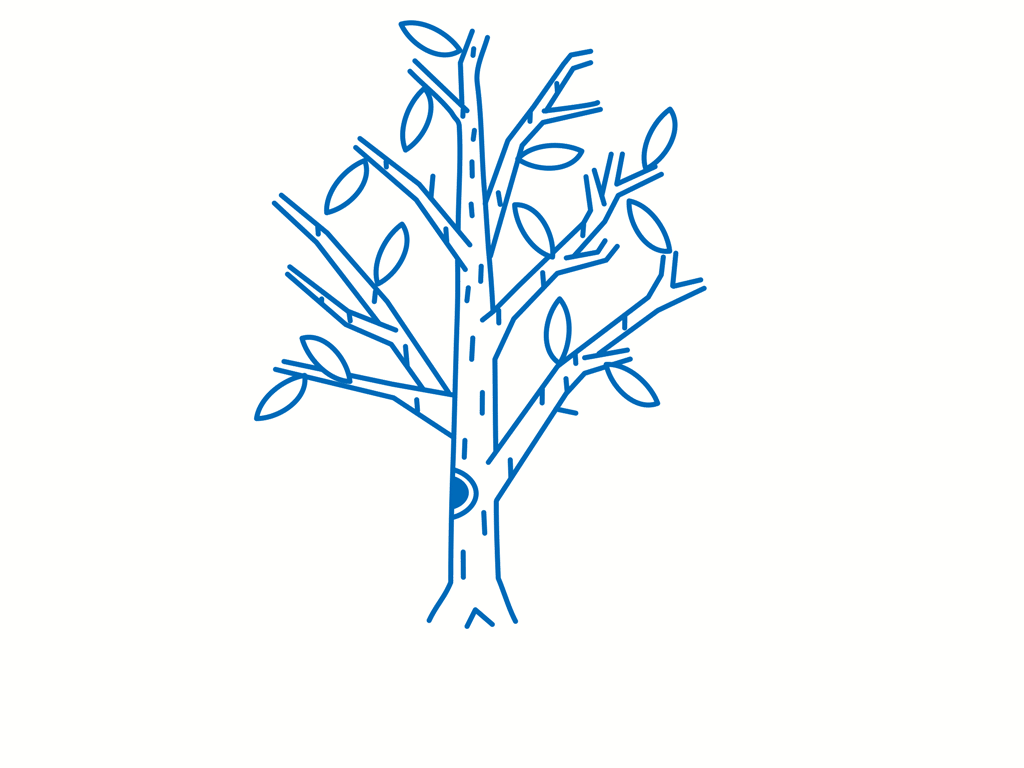Manufacturers and industry associations support the Commission's initiative on sustainable products and want to be partners in the transition to a comprehensive digitalisation of accompanying information.
This is a low-hanging, easy-to-pick fruit, unlike the many tricky issues we also have to tackle.
However, manufacturers currently face legal uncertainty and inconsistent regulations. As a result, millions of sheets of paper are thrown away every year.
Conservative estimates based on available production volumes and sales figures for B2B and B2C products suggest a total of 50,400 metric tons of paper per year in Germany alone.
This is the amount that will probably have to be disposed of. It is equivalent to approximately 2,000,000 square metres of forest or the CO2 emissions of 36,000 cars. Considering that 93% of EU households have internet access, it becomes clear that a lot can be achieved with little effort.

